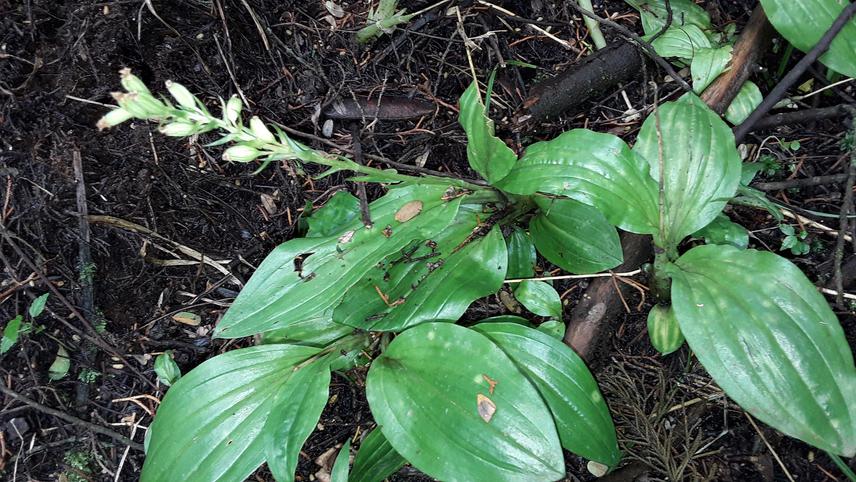Fanuel Kawaka
Other projects
18 Mar 2015
Integrating the Local Community in the Conservation of Wild Orchids in Kericho Forest, Kenya
16 Jun 2016
Integrating Local Schools in the Conservation of Wild Orchids in Kericho Forest, Kenya
20 Dec 2018
Integrating Local Community and Schools in the Conservation of Wild Orchids in Kenya
17 Dec 2021
Validation and Up-Scaling Community Best Practices in Conservation of IUCN Red-listed Wild Orchids in Kenya
Mau Forest Complex (MFC) contains many endemic and rare wild orchid species that are classified in the IUCN Red List. The diversity of these orchids is threatened by climate change, over-exploitation, habitat loss and fragmentation. This project proposes a conservation model that will simultaneously integrate the local community and schools in protecting endemic wild orchids in MFC. Forest surveys will be carried out to determine the conservation status, diversity and distribution of wild orchids. The local community and schools will be sensitized on the benefits of wild orchid conservation and trained on establishing nature trails, gardens and flower beds to support in situ and ex situ wild orchid protection.

Mau Forest Complex (MFC) is one of the richest sites containing wild orchid species that are threatened, over-exploited and poorly studied. These orchids are used as food, medicine, food flavours and their beautiful flowers are an important economic resource in the global horticultural and food industry. Harvesting of orchids is associated with forest burning, resulting in the destruction of other forest biodiversity. Other factors such as habitat loss, climate change, cutting of forest trees for firewood and timber also destroy orchid host plants. Illegal community conversion of forests into agricultural land and establishing planted forests continue to threaten the survival of forest orchids. In addressing these challenges, we are proposing the development of a Conservation Model (CM) that will integrate both the local community and schools in the conservation of wild orchids. This combined strategy will reduce the cost, implementation period and reach a higher population because project activities will be carried out concurrently. The project will involve the local community, school children and teachers in the in situ and ex situ orchid conservation programmes.
The project will promote community and school orchid conservation awareness, establish orchid nature trails, gardens, flower beds and train community groups and learners on orchid propagation techniques. High quality pictures of beautiful orchid plants and flowers will be taken and printed on post cards, caps, t-shirts, pens, key holders and calendars to increase orchid conservation awareness. The project will train schools and community to carry out regular forest scouting to rescue the fallen orchids or those on dead trees and re-establish them on their indigenous host trees. The rescued orchid plants from fallen trees will also serve as a source of plantlets for school- and home-based gardens, nature trails and seed banks. Any extra rescued orchid germplasm will be taken to the National Genebank of Kenya (NGBK) and the National Museums of Kenya (NMK) orchid house for storage. These ex situ conservation programmes and strategies in collaboration with NGBK and NMK will improve the diversity of orchids in the country available for future conservation research. Creating conservation awareness among children is critical because they are able to influence community as soon as they become decision-makers, conservation ambassadors, forest managers and users. Since most wild orchids are epiphytes, their conservation will indirectly lead to the protection of their indigenous host trees.